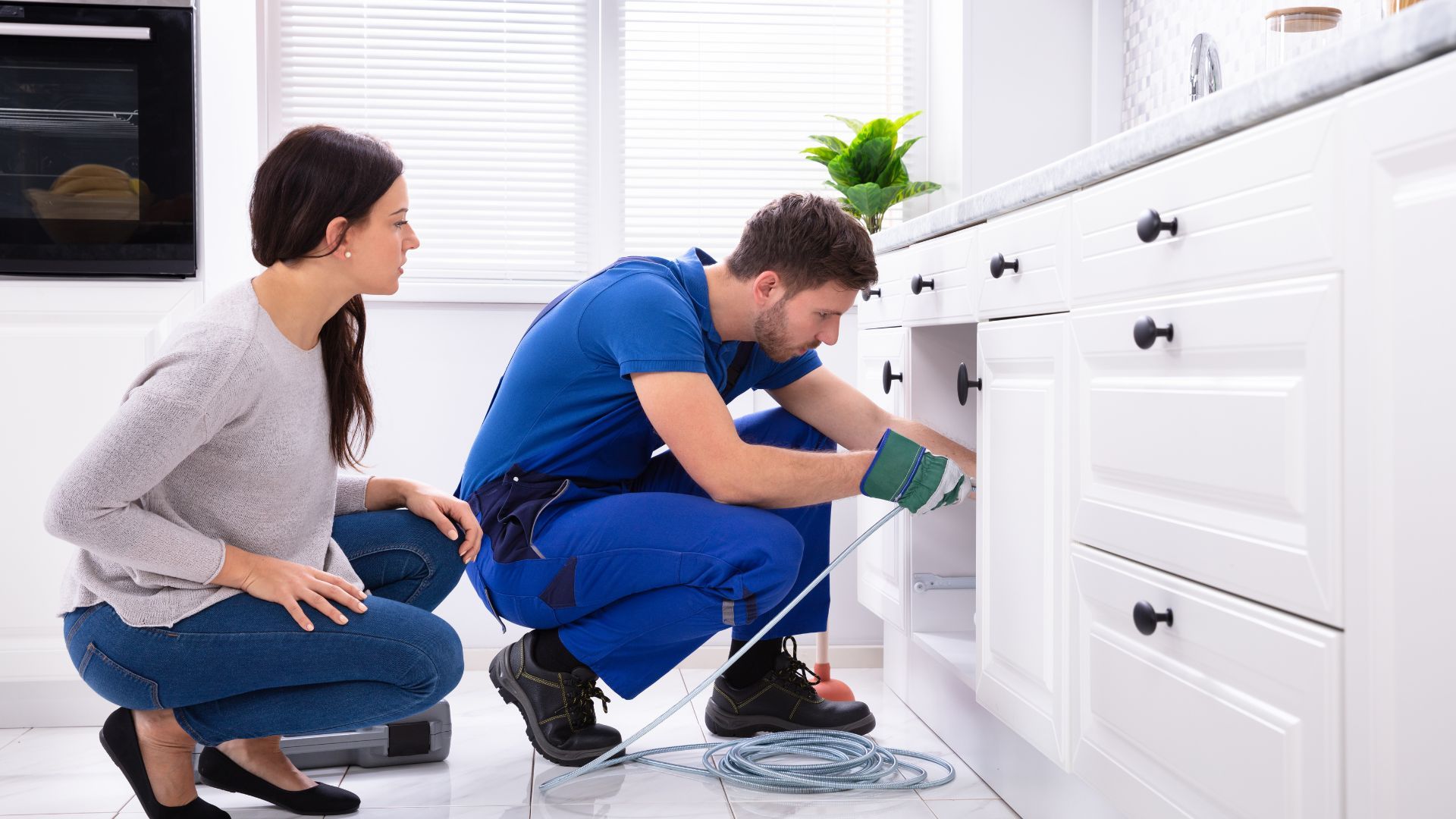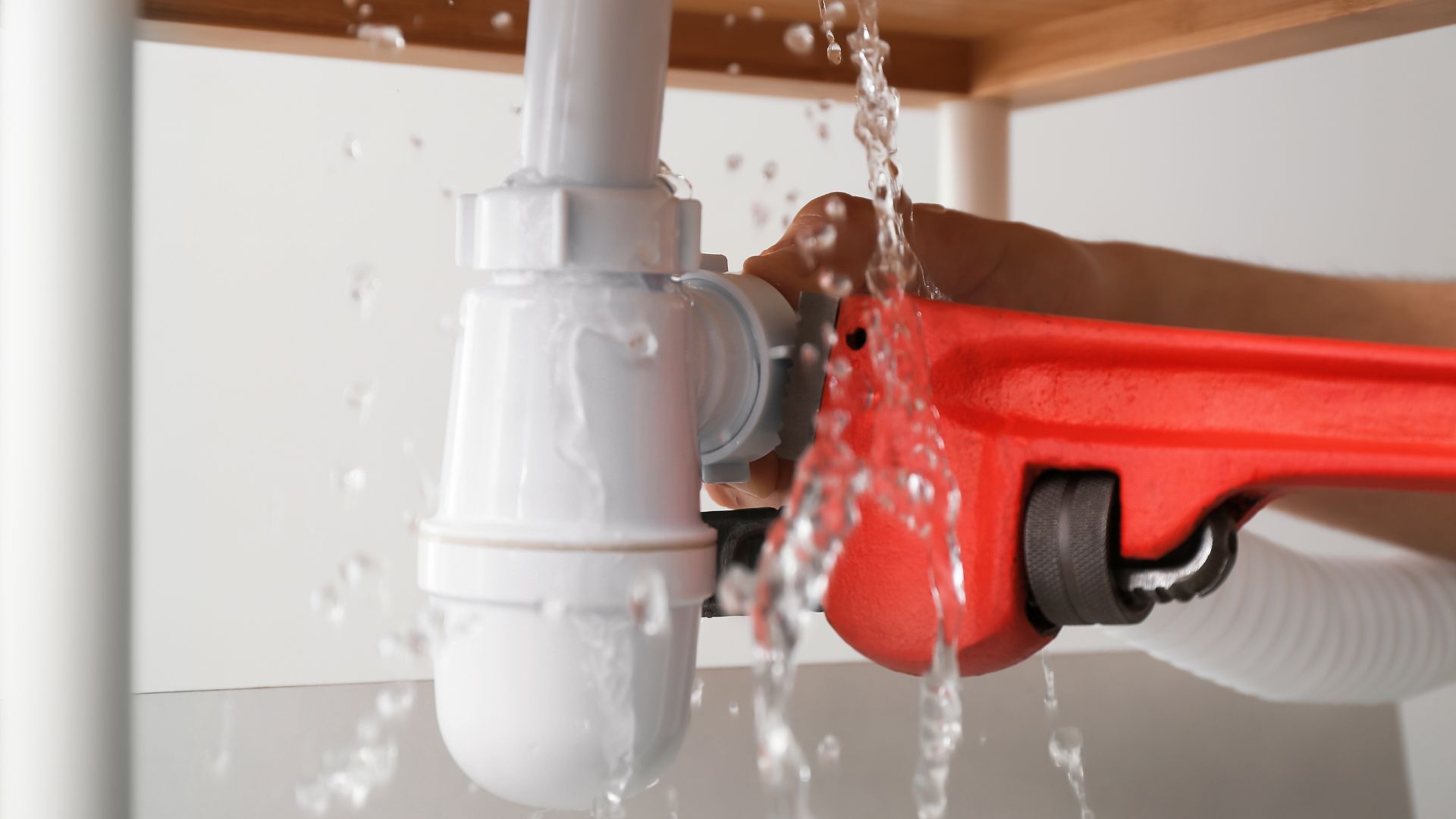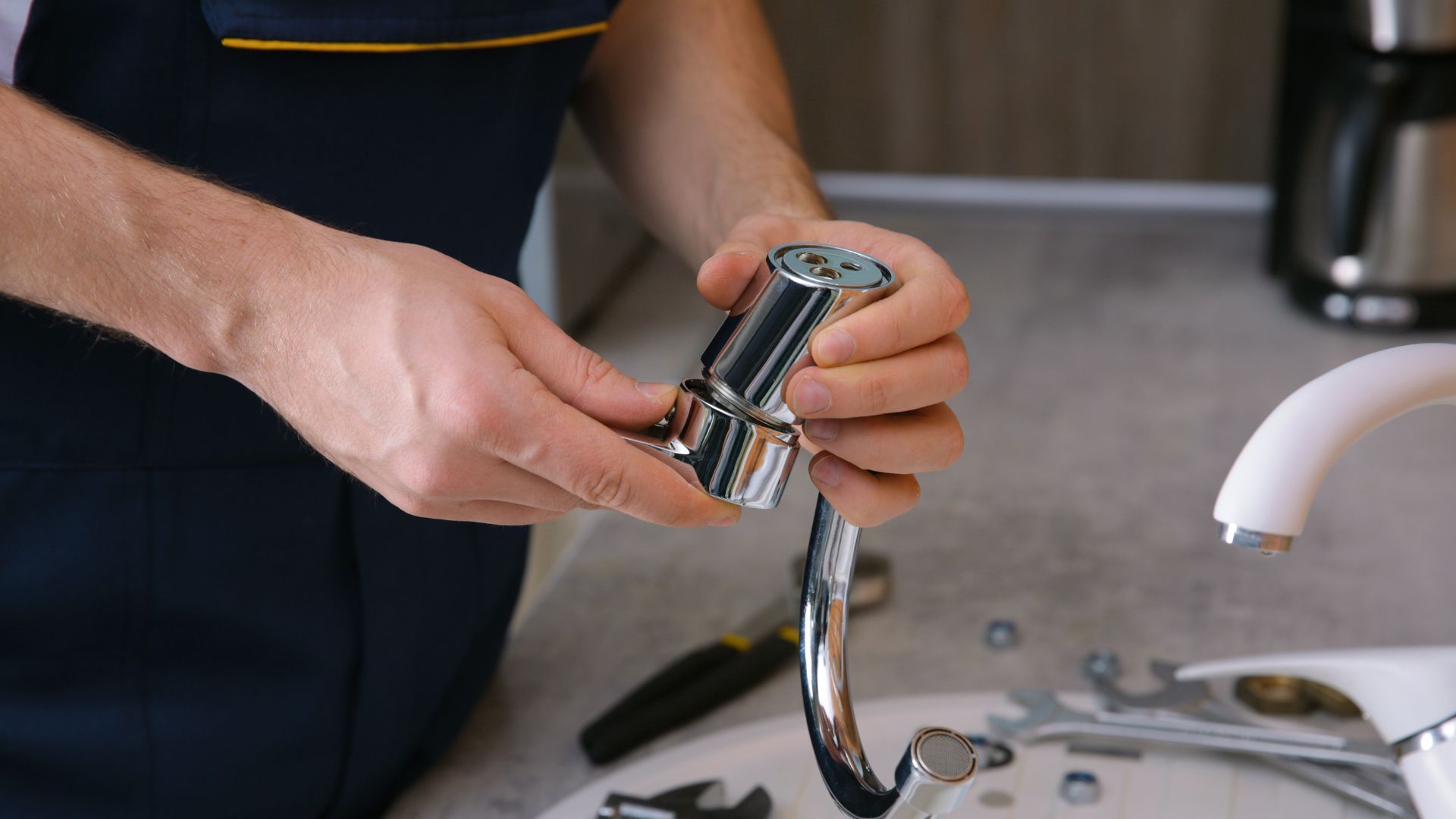The Complete Guide To Water Heater Plumbing
Water heater plumbing is something that a lot of people don't think about until there's a problem. And by then, it's often too late. A water heater that isn't working properly can cause all sorts of headaches, from a lack of hot water to extensive damage to your home. In this blog post, we will discuss everything you need to know about water heater plumbing.
We'll cover topics such as how to install a water heater, how to troubleshoot common problems, and how to replace a water heater if necessary. So whether you're a homeowner who wants to learn more about their home's plumbing or you're considering installing or replacing a water heater, this blog post is for you!
The Complete Guide To Water Heater Plumbing
Installing a Water Heater
The first step in ensuring your water heater is properly installed is to determine what size and type of water heater you need. You'll need to consider how much hot water your household uses, the available space for the unit, and any safety requirements or regulations in your area. Once you've determined the size, type, and location of your water heater, you can proceed with the installation. This includes turning off the main power supply and water supply to the area, attaching fittings, connecting pipes and hoses, draining any existing unit (if replacing an old one), testing for leaks and safety measures, adjusting temperature settings, and more.
Troubleshooting Common Water Heater Problems
If you're having trouble with your water heater, the first thing to do is check for any signs of a leak. Look around the tank and connections for signs of wetness or moisture, which could indicate a faulty connection or pressure valve. It's also important to inspect the pilot light or other ignition system for any issues. If you find any problems, contact a
licensed plumber right away.
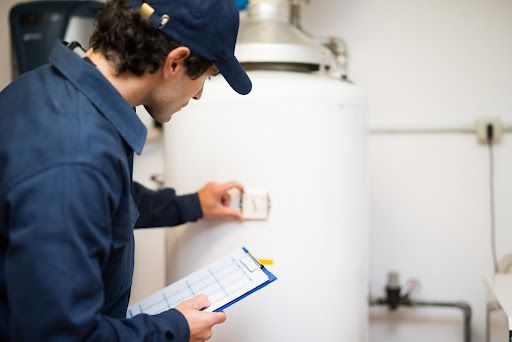
Replacing a Water Heater
Replacing a water heater is not something that should be done casually. It's an involved process and requires the help of a qualified professional. Before replacing your old unit, you'll need to consider all the same factors as when you were installing the new one. Make sure to choose a unit with the correct energy rating, size, and other features. You'll also need to disconnect the old water heater from the power supply, shut off all valves, flush out the tank before installation of the new unit, turn on all valves, check for leaks in the connections, and adjust the temperature settings.
Maintenance
Proper maintenance of your water heater is the best way to ensure its longevity and reduce potential repair costs. This includes regular visual inspections of the unit, checking for signs of rust or corrosion, inspecting hoses and connections, flushing out sediment in the tank, replacing anode rods as needed, insulating hot water pipes, and adjusting temperature settings. It's also important to contact a professional as soon as any signs of trouble appear.
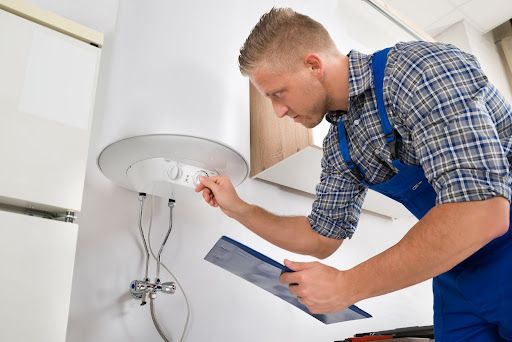
By following this guide and taking these steps, you can ensure that your water heater is always in top condition. If you have any questions or would like more information about water heater plumbing, don't hesitate to reach out to us!
You might also like
